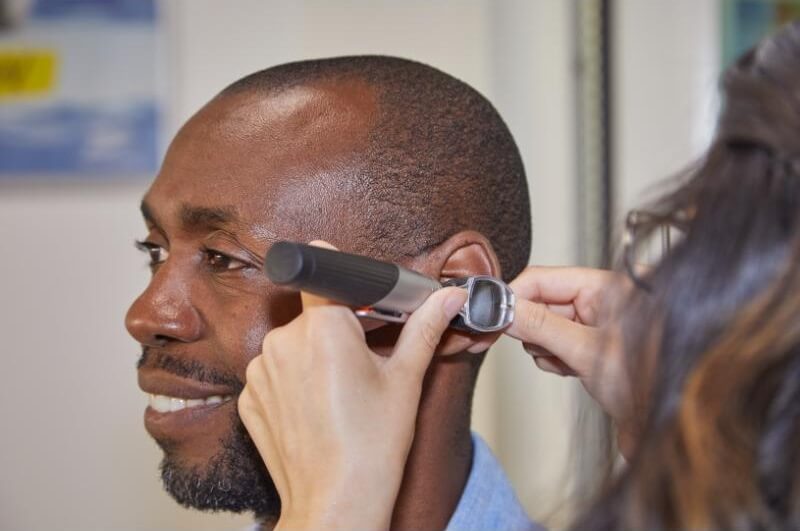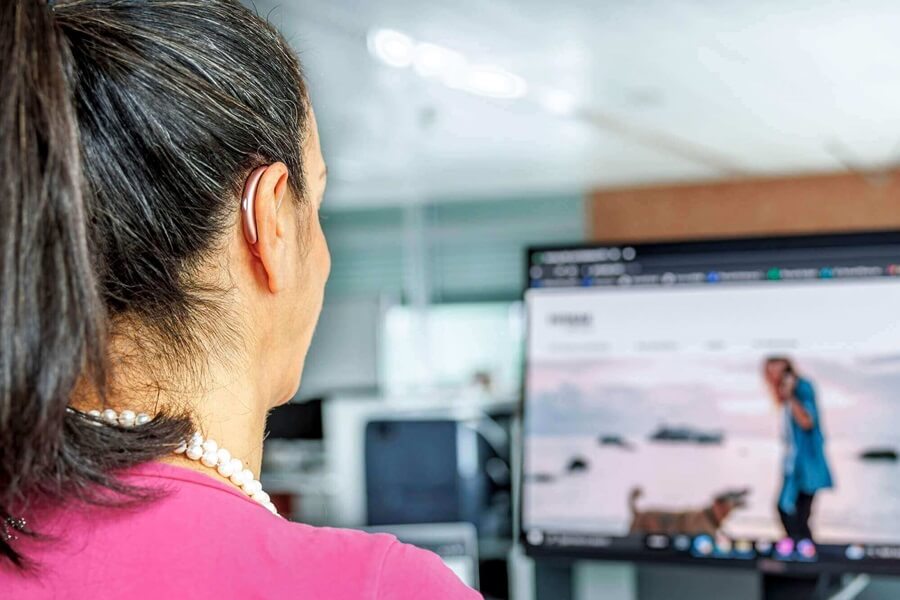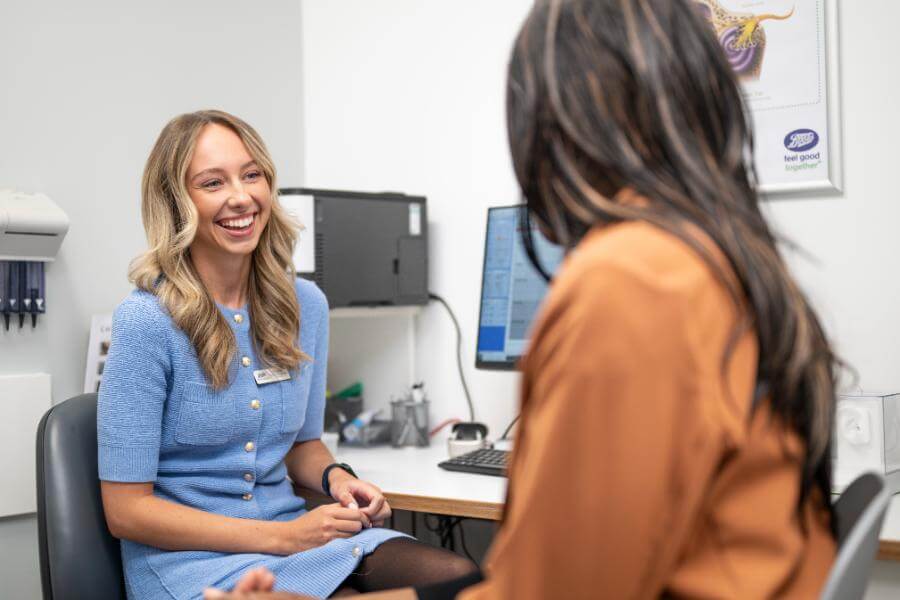Looking after your hearing aid
Your hearing aids are switched on and supporting you all day long. To keep them in good working order, it is essential to take care of them properly. In this section, we have lots of great advice on how to keep them in tip top condition.

Important things to know about looking after your hearing aids
Your hearing aids might be small and discreet, but they contain really powerful technology. And while they’re pretty sturdy, it’s important to take care of them to make sure this technology works at its best.
A few simple things you should do:
• Put your hearing aid on a soft cloth when you’re cleaning it or changing the battery. This can help stop it being damaged if you knock or drop it by mistake. Plain-coloured cloth will make it easier to see small parts.
• While hearing aids are water-resistant, they’re not usually waterproof. So don’t wear them when you’re swimming, showering, or in a sauna.
• Before you put your hearing aids in, make sure your ears are dry.
• Remove your hearing aids before an X-ray, MRI, or CT scan.
• Try not to get cosmetics like make-up or hairspray into your hearing aids. If you use products like this, it’s a good idea to put your hearing aids in after you’ve finished getting ready
Keep reading to learn how to clean, dry, and store your hearing aids to keep them at their best.
Drying and storing your hearing aid
Once you’ve cleaned your hearing aids, make sure you dry all the parts before you put them back together. Trapped moisture inside your hearing aids can damage them, and could even stop them working. If your hearing aid does get wet, never dry it using a device like a hairdryer, heater or microwave – high heat like this can soften and distort the plastic parts and damage the technology inside.
To dry your hearing aids properly you should use a drying box or drying pouch. These are available from our online shop. We recommend that you store your hearing aids in a drying box at night. These dry your hearing aids electronically and use a UV light to ensure they’re completely clean. When you use a drying box, leave the battery compartment of each hearing aid open and take the batteries out.
You can also dry your hearing aids with a drying pouch or drying cup. These use silica gel to absorb the moisture, and they’re also available from our online shop.
Because hearing aids are sensitive to moisture, radiation and heat, you should store them in a clean, dry place. Try not to leave them in the kitchen or the bathroom, or near a source of heat. Leaving them in a specific place, out of the reach of children and pets, will keep them safe and make them easier to find when you need them.
Cleaning your hearing aids
It is important to try and clean your hearing aids every day. Luckily, it is quick and easy to do. Whether you have a behind-the-ear hearing aid or one that sit inside the ear, here are some tips on the best way to keep them clean:
In-the-ear (ITE) hearing aids
Wipe your ITE hearing aid using a soft, dry cloth or special moist cleaning wipe. These are available from our online shop. Make sure no liquid gets into the microphone or other openings.
ITE hearing aids have a filter system to make sure that no wax gets inside. This filter system should be changed regularly – your Hearing Aid Audiologist will show you how when your hearing aids are fitted, or you can refer to your instruction manual. You can also remove wax with a small, soft brush – these usually come with your hearing aid.
Behind-the-ear (BTE) hearing aids
The external parts of a BTE hearing aid should be wiped every day with a dry cloth. Your tubing should be changed every 6 months or as instructed by your audiologist. Your hearing aid audiologist will go through this process with you, or you can check the instruction manual that comes with your hearing aids.
Extra tips for cleaning your hearing aids:
• It’s a good idea to check your hearing aid every day for visible marks and wipe them off carefully using a soft, dry or a specialised wipe
• Don’t use alcohol or other strong cleaning agents or solvents on your hearing aids, as you might damage them.
• Don’t use pointed objects like scissors or needles to clean your hearing aids – specially designed cleaning brushes are best
• Make sure your hands are clean and dry when you clean your hearing aids
Replacing standard and rechargeable batteries
Hearing aids use either standard or rechargeable batteries. It’s important to only use specially designed hearing aid batteries in your hearing aids.
How long the battery lasts depends on a few different things like the hearing aid itself, how long you wear it, and the type of battery the hearing aid uses. Most batteries need changing at least every 5 - 10 days on average. It’s useful to stock up on batteries in bulk so that you always have some spare, just in case – and make sure you bring them with you when you go on holiday! Batteries should be stored in a cool, dry place.
Some hearing aids are rechargeable, and so they use rechargeable, rather than disposable, batteries. Rechargeable hearing aids come with their own charger, and your Hearing Aid Audiologist will be able to tell you how long you need to charge them for, and how long you can expect a charge to last.




